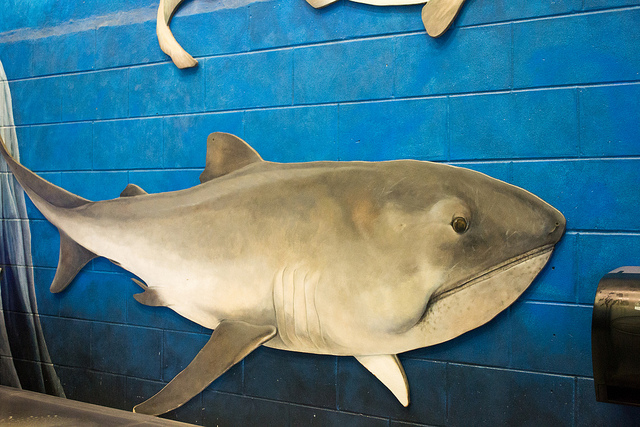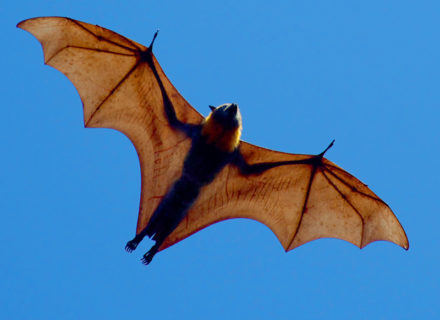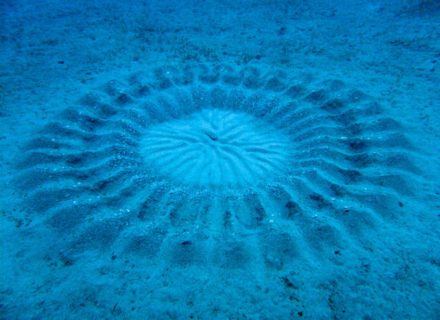As one of the largest animals on the planet, it’s hard to believe that the megamouth shark has rarely been seen by humans — less than 100 times, in fact, since its accidental discovery in 1976.
How It Was Discovered
The first sighting of this gigantic shark was by chance when one became entangled in a United States Navy ship’s anchor off the coast of Hawaii.
Since then, there have been just over 60 confirmed sightings, all of which are logged in official records held at the Florida Museum of Natural History.
What We Know About It
Despite its enormous body and bathtub-sized jaws, this gentle shark is harmless to humans. Little is known about the species and its population health, and its habits are still a mystery to us.
It does have a wide distribution range though, with most sightings occurring near Taiwan and Japan but also some in the Atlantic, Indian and Pacific oceans.
In 1990, a male megamouth shark was accidentally caught in a net. Scientists attached a radio tag to its body and tracked it for the next two days.
The results showed that megamouth sharks use vertical migration as their pattern of movement.
The tracking also revealed that these sharks do not need to swim constantly in order to breathe, like other lamnoid sharks. Instead, they are able to breathe by gill-pumping.
Here are 10 things we know about the elusive megamouth shark:
- It’s a filter-feeding shark, like the whale shark and basking shark, swimming with its enormous mouth open to feed.
- It’s the smallest of the three extant planktivorious sharks and is the least active.
- Its enormous gaping mouth filters the water for its favourite food of shrimp-like krill as well as planktonic animals including jellyfish.
- Its mouth can reach a width of up to 4 ft. 3 inches (1.3 metres).
- Luminous photophores surround the mouth and it’s believed these act as a lure for small fish or plankton.
- Only the first three rows of its teeth are functional, despite having 50 rows of teeth on each of its jaws.
- It’s diurnal, meaning it alternates between deep and shallow waters in its search for food.
- It has poor swimming skills.
- It grows to approximately 17 feet (5.2 metres) long.
- This deepwater shark can live for up to 100 years.
Watch this video taken by a lucky diver, Penny Bielech, when she spotted this gentle giant swimming near Komodo Island in Indonesia:
What’s your favourite shark and why? Let us know in the comments section below.
Photo credit: Behind the Scenes by Christine A CC BY-NC-ND 2.0
Video credits: Alien Sharks: The Megamouth by Discovery
Extremely Rare Megamouth Shark Filmed by National Geographic







